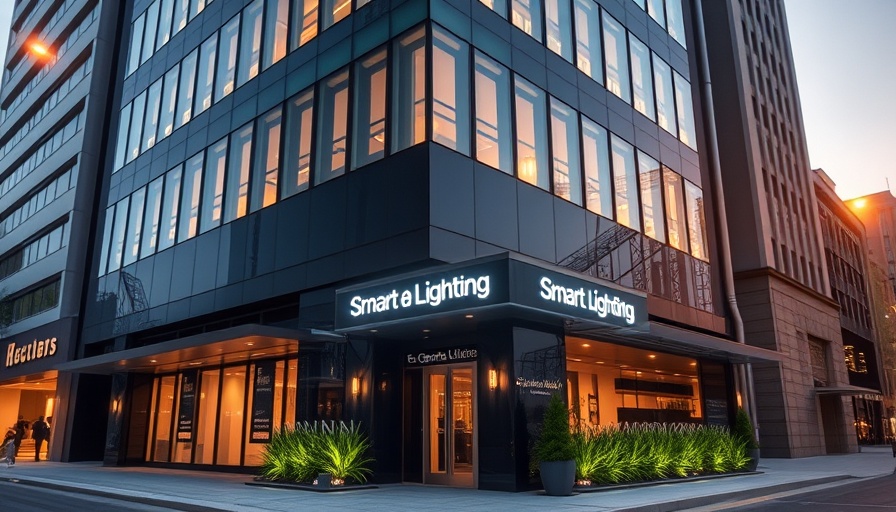
User Concerns Spark Over Tado's Possible Subscription Fees
Tado smart thermostat owners recently encountered a notification that has sent ripples of concern through the user community. The message, which hinted at a potential £1 monthly subscription fee for using the Tado app, cast a shadow of uncertainty over many who purchased the product with the expectation that app access would remain free.
A Surprising Notification: What Happened?
Users across Europe and the UK received an unexpected pop-up alert that suggested a subscription fee would be imposed starting May 1, 2025, purportedly to cover rising business costs. Those who acknowledged the popup were later informed it was merely a test, causing frustration and disappointment among many customers who felt misled by the timing and wording of the message.
Tado's Response and User Sentiment
In reaction to the growing discontent, Tado representatives asserted that the notification was part of a routine marketing study, ensuring users were not yet charged and that access to the app was unchanged. However, the vague nature of the initial message left many feeling uneasy about the company’s transparency.
Exploring Alternatives in Home Automation
The fear of future unexpected fees has prompted some Tado users to consider open-source solutions like Home Assistant to regain control over their smart home systems without relying on a potentially costly subscription model. Such alternatives allow users to customize their home automation experience without the risk of surprise charges and could serve as a safer bet against corporate shifts in service models.
Willingness to Pay for Premium Features
Interestingly, some users have voiced that they might be open to a subscription model if it included additional services like the Auto Assist feature. This would allow them to enjoy more comprehensive management of their heating systems. Yet, the crux of the issue remains: many bought Tado products with a belief that app functionality would remain free, making any fee feel like a breach of trust.
Conclusion: What’s Next for Tado Users?
As Tado evaluates the feedback from its marketing study, current owners are left in limbo, weighing their options and considering alternatives that promise freedom from unpredictable subscriptions. The landscape for smart home technology continues to evolve, and users must stay informed to make the best decisions for their home automation needs.
 Add Row
Add Row  Add
Add 




Write A Comment